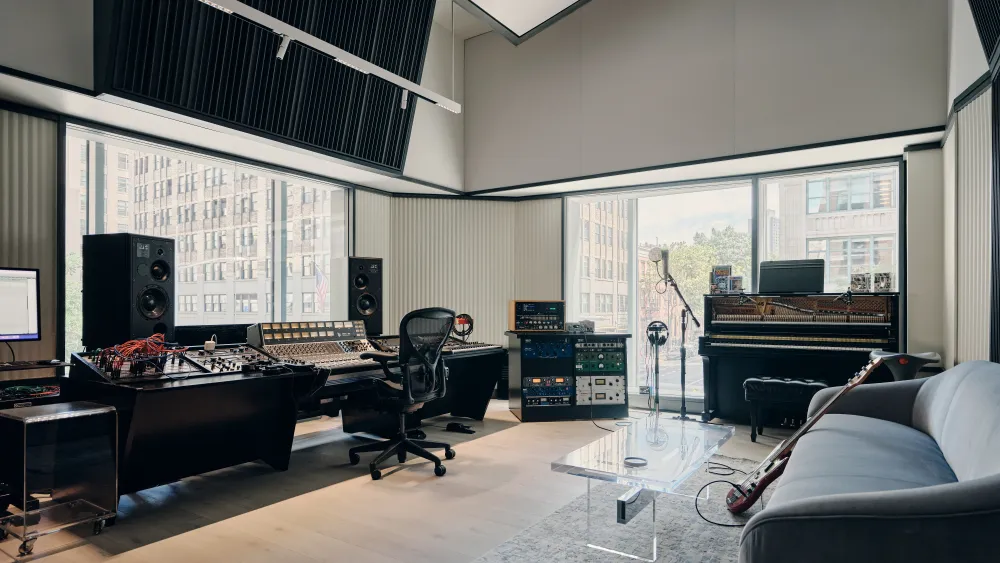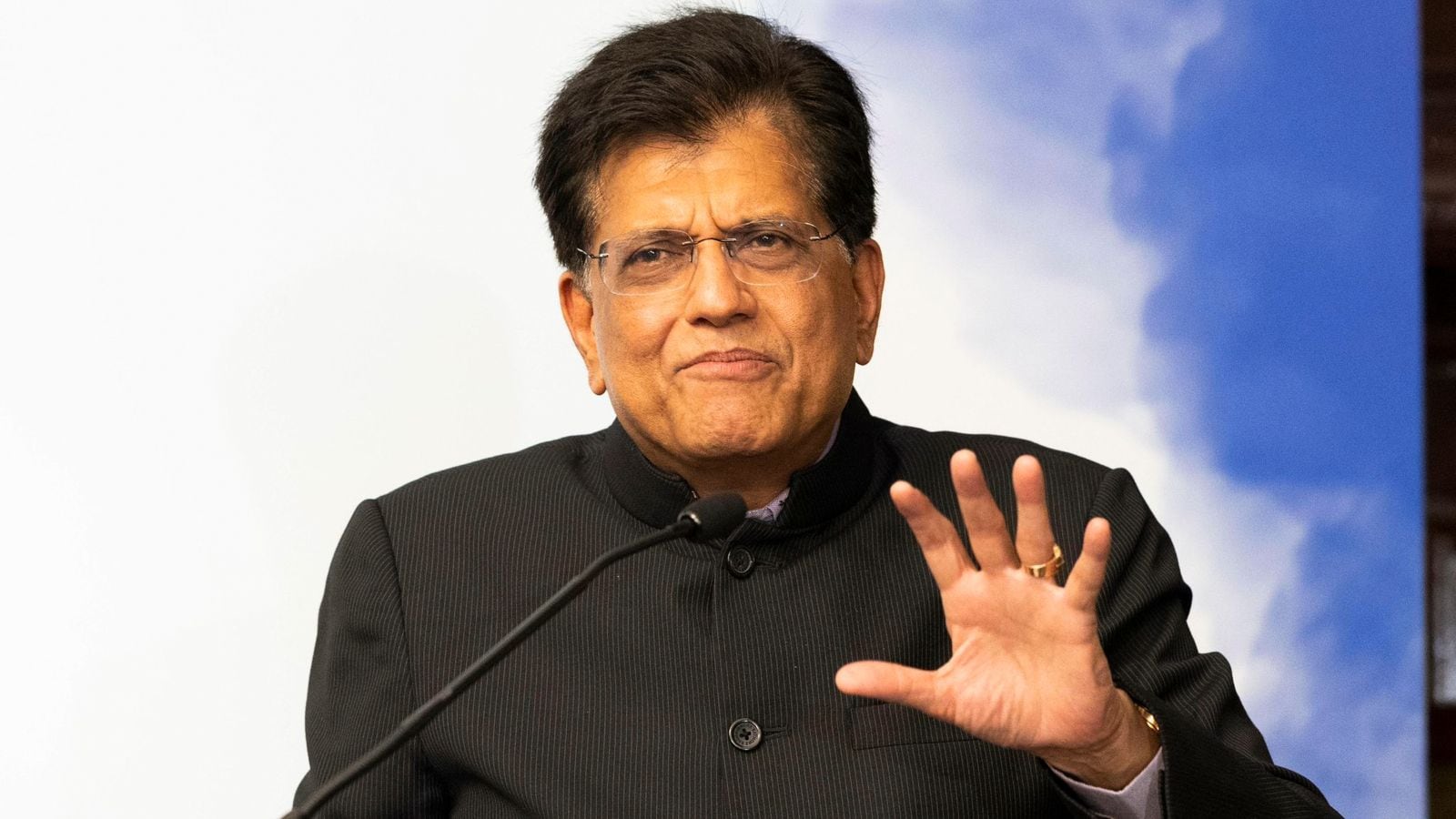
Decades into the digital age and the music industry is still grappling with the ups and downs of a business model built on streaming.
Sure, there’s plenty in the plus column. Streaming removed many barriers of entry for musicians — it has never been easier to make, market, and distribute music — and it saved a music business that had suffered 15 years of financial freefall due to illegal downloading.
Less encouraging, however, is the distribution of royalties. While hit songs still line the pockets of artists and labels, the financial reality for songwriters is stark: In more than 300 songwriters surveyed for a MIDIA Research study last year, only 10% earned more than $30,000 annually, while over half (54%) earned between $0 and $1,000. A whopping 67% of the respondents said the “lack of meaningful streaming income” is their primary challenge.
That inequity that inspired Grammy-nominated songwriter and producer Gregg Wattenberg — whose produced and/or cowritten hits by Train (including “Hey Soul Sister”), John Legend, Goo Goo Dolls and more — and former Wind-Up Records CEO Steve Lerner to found Artist House, a “curated community” of songwriters and producers with a gorgeous new office/studio in New York City Tribeca neighborhood.
The fully equipped, two-story recording studio — which officially opens this week — is designed to inspire creativity and collaboration, while the business side of making music is handled by an independent record label, a publishing company with in-house sync, full-service artist management, and brand partnerships. With that kind of reach, Artist House can make some of its own rules. Step one was sweetening the deal for songwriters.
“Songwriters are getting crushed in the streaming economy,” Wattenberg says. “You only make about $500 for a million streams.” It’s even more bleak when you consider that the average song is written by multiple people, who need to split that $.004 per stream between them. Up until now songwriters have focused on lobbying Spotify and Apple Music for better pay, largely without success. Artist House takes a different approach by giving songwriters the main thing they have lobbied for: “points on the master,” i.e. a percentage of the revenue generated by a recording of a song (which is separate from, and usually larger than, songwriting royalties).
“The money is in the master,” Wattenberg explains, “which pays about 10 times what songwriters get — that means about $5,000 for the same million streams.” Artist House simply redistributes that revenue. Artists are signed to 50-50 deals, which are then adjusted to factor in songwriters. “We take 5% from their 50% and 5% from our 50%,” Wattenberg says, “and put that 10% in a pool for the people who write the songs.” The deal applies to everyone, not just Artist House signees.
“We want to incentivize major songwriters to collaborate with our artists,” Wattenberg explains. “They can rack up a billion streams on a major label and not make any money, or come to Artist House and have 10% of the master, which pays 10 times as much.”
For Wattenberg, the motivation for improving songwriters’ livelihoods is obvious: “Songs are critical to any artist’s career,” he says. “I would say we’re living in an age where the songs are sometimes more famous than the artist.”
But does that financial model make sense for artists? After all, the music business isn’t exactly known for its philanthropy. “Given that it’s split with the artist, we’re really only giving up 5% of the master,” Wattenberg says. “If a song makes $100 million, we still get $45 million. So we could cry over the $5 million or say, ‘Oh, shit! We made $45 million.’” Given the multi-faceted nature of Artist House, there are additional income streams to offset that loss.
For starters, there’s a full-service management company that looks after a handful of artists including violinist Lindsay Sterling, who has a multimillion-dollar business. Renting out the state-of-the-art facility for events is another source of revenue. “The Grammys are going to host their Grammy camp here next year and we’re talking to Spotify about using the studio for exclusive content,” Wattenberg says. “Those ancillary businesses offset the 5% we’re giving up.”
The company has also refocused its A&R process into two distinct skill sets. One focuses on data, while the other emphasizes taste and intangibles (i.e. “gut”). The goal is to identify talent that not only has grassroots interest but is also poised for long-term growth. An example is Izzy Escobar, a former UCLA student whose freestyles on TikTok and Instagram consistently drew millions of views. Recognizing her potential, Artist House brought Escobar to New York, challenging her in a live songwriting session. The brief? Write an impromptu song about toast, which she did.
“She could freestyle a pretty good song, but I challenged her to write a better than pretty good song, which might take five days instead of the usual five minutes,” Wattenberg says. Escobar’s first release with Artist House, “Sunny in London,” dropped earlier this month and is already making noise. “We haven’t put a dollar into this thing and it’s already starting to spike. We did 30,000 streams in the first couple hours.”
In addition to carving out a space for creativity, Artist House goes a step further by helping artists and songwriters maximize opportunities for royalties, partnerships, and sync placements. “Sync is as important and as elusive as it has ever been because there are 9 million TV shows now,” Wattenberg says. “I wouldn’t say it’s any easier, but there are definitely more swings at it because there’s so much visual content out there.”
Songwriters are developed systematically, with a strong focus on collaboration. Jesse Fink, a writer signed by the company, exemplifies this model. Over time, Fink was brought into sessions with established artists, including John Legend, allowing him to refine his skills in real-world settings. The results speak for themselves: Fink has songwriting credits on global hits, including Myles Smith’s “Stargazing” and Artemis’ “I Like the Way You Kiss Me.”
And the studio’s comfortable, positive environment goes a long way toward encouraging that creativity and collaboration. “When I was coming up, I worked in studios with candy bars and it was the most luxurious thing you’ve ever seen,” Wattenberg laughs. “I knew we needed to have food and drink in the place.”
At a time when many Manhattan studios have closed due to high rents, Artist House’s impressive location was made possible in part by the unique circumstances created by COVID — specifically, significantly reduced rent in prime locations. In fact, the landlord was so thrilled to have tenants that he personally informed the New York Post. “We were the first tenant post-pandemic,” Wattenberg says. “No landlord wants music guys, so I knew the market had changed when they welcomed us in the building.”
And Wattenberg’s goals extend outside the building: He hopes Artist House helps reawaken the music community in New York City. He says, “I’m hoping that we break a few artists while we quietly build up the whole songwriter and producer community” he says.



